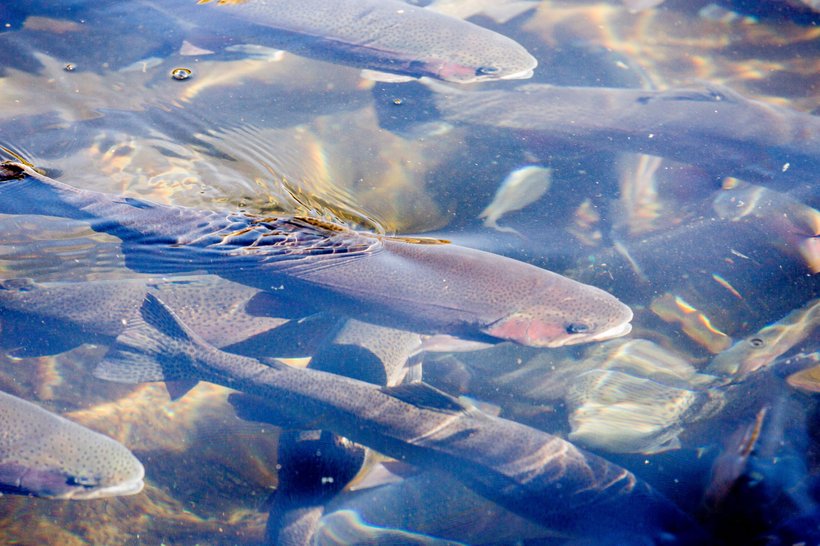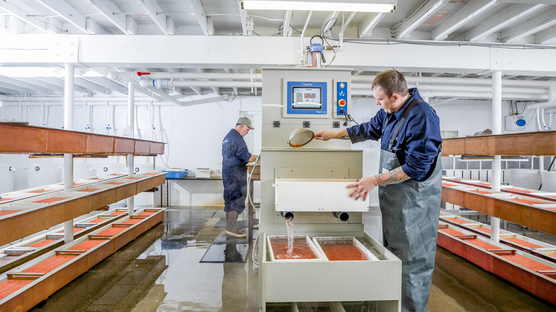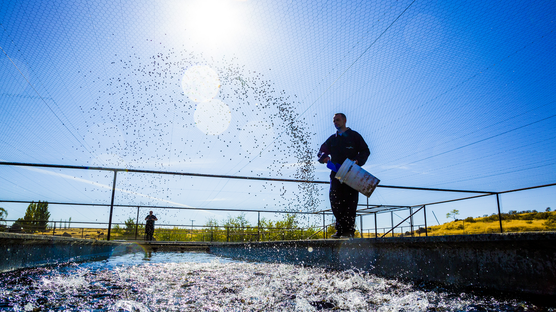
Published on June 28, 2021
Collaboration with USDA on Disease Resistance takes next steps.
For many years, Troutlodge and the USDA have worked together to improve resistance to Flavobacterium phychrophilum, the causative agent of Bacterial Cold Water Disease (BCWD) and Rainbow Trout Fry Syndrome (RTFS).
The work started in 2013 and has since resulted in a product that is available to clients, which shows significantly improved survival through BCWD challenges. Most of the early research was conducted on the Troutlodge May spawning group.
With the improvements reported both in controlled laboratory challenges, and clients in the field, plans are well underway to expand BCWD resistance to additional spawning groups. These additional efforts will eventually result in eggs with improved resistance being available year round.
Genetic improvement for disease resistance traits is generally a long term prospect, with gradual improvements each generation. The May Strain, for example has been under selection since 2015, thus the current generation has experienced 3 generations of selection. With renewed efforts and investment in the collaboration between Troutlodge and the USDA, we hope to shorten the time needed for genetic improvements in additional spawning groups.
The course of research completed on the May populations over the last 4 generations has provided a valuable insight regarding the genetic architecture of disease resistance. We can utilize this knowledge to make predictions in our other populations (Steelhead for example) about the level of disease resistance on each animal. This allows us to improve the resistance to BCWD more quickly and efficiently. Through continuous improvement and superior genetics, we believe that we can provide a sustainable solution for challenges currently facing the trout industry.



